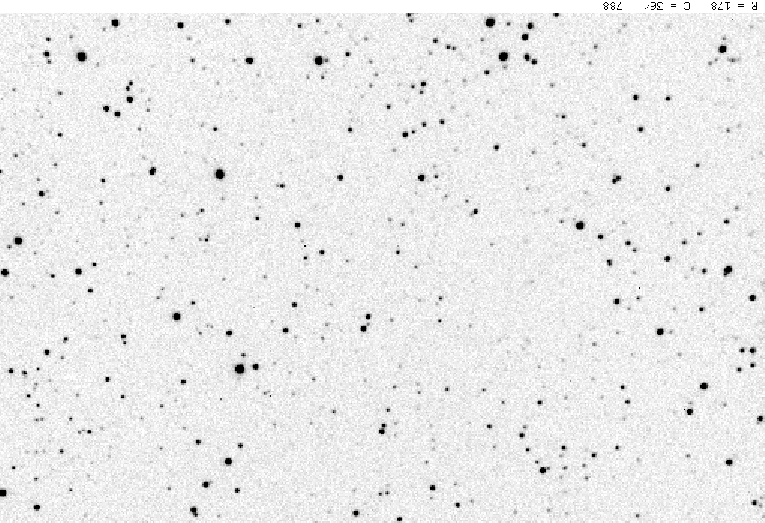
 Copyright © Michael Richmond.
This work is licensed under a Creative Commons License.
Copyright © Michael Richmond.
This work is licensed under a Creative Commons License.
If you read a paper in the technical astronomy journals, you'll often see the phrase "we applied the standard reduction procedure to our images." What does that mean? It means:
Here's the overview of the work required to convert a night's worth of raw CCD images into "clean" images which you can then analyze.
mkdir typical
and then go to the sub-directory
cd typical
cp $dd/typical/* .
mn master_flat.fit
The XVista program mn not only calculates
the mean level, and prints that value to the screen;
it also stores the mean value (and the stdev) into
a secret place for future reference. You can peer
into the secret place by typing the command xlet.
div target.fit master_flat.fit flat
where you replace "target.fit" by the name
of the target image, and "master_flat.fit" by
the name of your master flat image. The keyword
"flat" must appear after the names of the two
images. It signals the div program to
perform the division, pixel-by-pixel, but to
multiply the result by the mean of the flatfield
frame before storing the result back into the
"target.fit" image.
The result of your work should be a "clean" image: a CCD frame from which the thermal contribution and variations in sensitivity has been removed. You should be ready to perform the next step in your analysis, whether it is photometry, astrometry, or just plain looking.
Before you can move on to measuring the light of the stars in your image, you need to figure out some properties of the data. For example, consider the following "clean" image of the region around the star "V585 Lyr" (click on the image below for a larger version of the picture):
You can download a copy of this clean image by executing the command
cp $dd/v585_clean.fit .
One way to look for information on a particular star is to use SIMBAD's list of stellar properties and references. Another way is to go to the Astrophysics Data Service Abstract Search site. Choose either the "Object name/position" or "Abstract Words/Keywords" box, and type the name of your object. Then click on the "Send Query" button.
 Copyright © Michael Richmond.
This work is licensed under a Creative Commons License.
Copyright © Michael Richmond.
This work is licensed under a Creative Commons License.